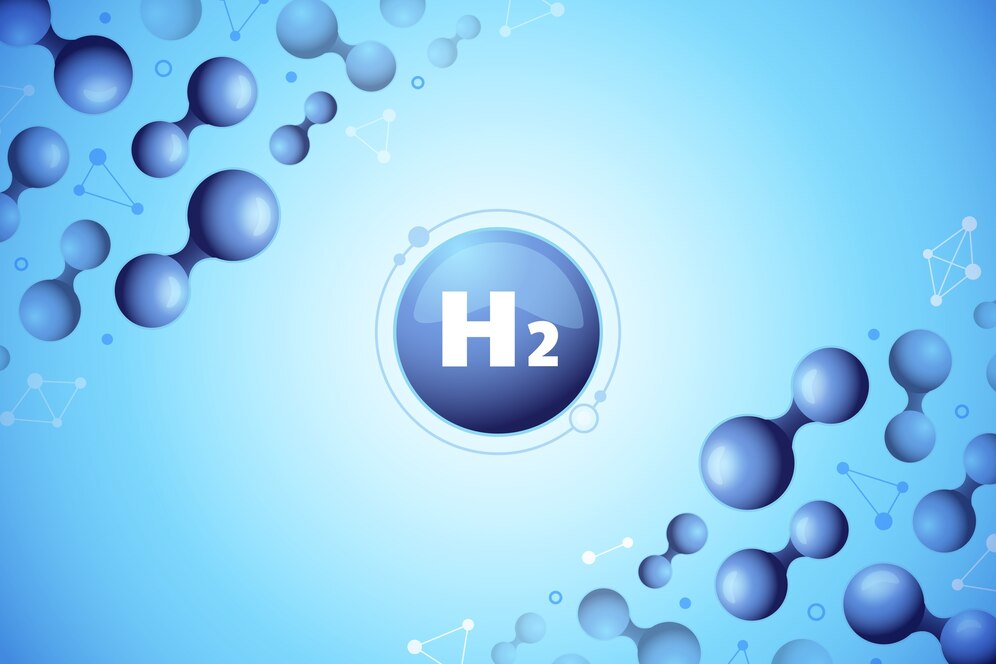Introduction to hcooch ch2 h2o
hcooch ch2 h2o Chemistry is full of fascinating reactions, and one such reaction involves HCOOCH (methyl formate), CH₂ (methylene), and H₂O (water). While at first glance, this combination of compounds might seem unusual, it actually plays a crucial role in organic synthesis and industrial applications. hcooch ch2 h2o Understanding how these molecules interact, their properties, and their potential applications can offer valuable insights into both fundamental chemistry and real-world applications.
In this article, we will break down the chemistry behind these hcooch ch2 h2o substances, explore their individual characteristics, discuss their reactions, and dive into their various uses. By the end, you’ll have a thorough understanding of why HCOOCH + CH₂ + H₂O is a relevant topic in modern chemistry.

What is HCOOCH (Methyl Formate)?
Methyl formate (HCOOCH) is an organic ester that is widely hcooch ch2 h2o used in industrial applications. It is the methyl ester of formic acid, meaning it consists of a formate group (HCOO-) attached to a methyl group (CH₃).
Chemical Properties of Methyl Formate
Molecular Formula: CH₃OCHO Molar Mass: 60.05 g/mol Boiling Point: 31.5°C (88.7°F) Solubility: Soluble in water and most organic solvents Odor: Sweet, pleasant smell similar to certain fruits
Methyl formate is known for its low boiling point, making it a volatile compound commonly used as a solvent, fumigant, and precursor for other chemicals.
Industrial and Commercial Uses of Methyl Formate
Foam Production Used in polyurethane foams for hcooch ch2 h2o insulation and cushioning materials. Fumigation Functions as an insecticide for pest control. Fragrance and Flavor Industry Adds fruity, sweet notes to various formulations. Organic Synthesis Acts as an intermediate for producing formic acid and other esters.
Given its numerous applications, methyl formate is a key component in chemical manufacturing and industrial processes.
Understanding CH₂ (Methylene)
Methylene (CH₂) is an important yet reactive species in organic chemistry. Unlike stable hydrocarbons, methylene exists mostly as a transient carbene and plays a significant role in various chemical reactions.
Properties of Methylene
Highly Reactive Exists mainly as a carbene intermediate. hcooch ch2 h2o Short-Lived Does not exist in a stable form under normal conditions.Used in Organic Reactions Helps in synthesizing complex molecules.
How Methylene is Generated
Methylene can be produced through thermal decomposition, photochemical reactions, or organometallic catalysis. In many cases, it is used in controlled reactions to facilitate the formation of new carbon-carbon bonds.
Applications of Methylene
Polymer Chemistry Used in producing certain plastics and resins. Pharmaceutical Industry Helps in the synthesis of medicinal compounds. Fuel Chemistry Used in various combustion-related reactions.
Methylene’s fleeting existence makes hcooch ch2 h2o it a fascinating species in chemistry, often studied for its role in fundamental reaction mechanisms.
The Role of H₂O (Water) in Chemical Reactions
Water (H₂O) is one of the most important hcooch ch2 h2o molecules in chemistry. It acts as a solvent, reactant, and product in countless reactions.
Why is Water Important in Chemical Reactions?
Solvent Power Water dissolves many ionic and polar compounds. Mediates Chemical Reactions Acts as a medium for acid-base reactions, hydrolysis, and more. Facilitates Hydrogen Bonding Plays a crucial role in stabilizing reaction intermediates.
Water’s Role in HCOOCH + CH₂ Reactions
In the presence of water, methyl formate and methylene can undergo various hydrolysis or condensation reactions, leading to the formation of different organic compounds. Depending on reaction conditions, water can either promote the breakdown hcooch ch2 h2o of methyl formate into simpler molecules or help facilitate new bonds.
Exploring the Reaction Between HCOOCH, CH₂, and H₂O
Now that we understand each component, hcooch ch2 h2o let’s dive into what happens when HCOOCH, CH₂, and H₂O interact.
Possible Reaction Pathways
Hydrolysis of Methyl Formate:
HCOOCH + H₂O → HCOOH (formic acid) + CH₃OH (methanol) This reaction is important in industrial chemistry for producing formic acid, which is widely used in leather processing, preservatives, and agriculture.
Carbene Insertion Reactions:
CH₂ can react with HCOOCH, leading to novel organic transformations. This type of reaction is often studied in synthetic organic chemistry for building complex molecular frameworks.
Hydration and Further Reactivity:
In some cases, water might act as a stabilizer or promote rearrangement reactions involving methyl formate and methylene.
These reactions highlight the importance of controlled conditions in chemical synthesis, as minor changes can lead to different products.
Industrial and Practical Applications
Understanding the chemistry of HCOOCH + CH₂ + H₂O opens doors to various industrial and research applications.
Organic Synthesis
Helps in designing new organic molecules for pharmaceuticals, agrochemicals, and material science.
Green Chemistry Initiatives
Using water as a solvent or reactant aligns with eco-friendly chemistry approaches.
Energy and Fuel Applications
Certain reactions involving methylene and esters contribute to fuel research and combustion science.
Conclusion
The reaction between HCOOCH (methyl formate), CH₂ (methylene), and H₂O (water) showcases the beauty and complexity of organic chemistry. From industrial applications to fundamental research, these compounds play critical roles in shaping modern science.
By understanding their properties, reactivity, and applications, we can appreciate how chemistry contributes to everything from materials science to energy production and pharmaceuticals. As research continues, the potential of these interactions will only expand, opening new avenues for innovation and discovery
